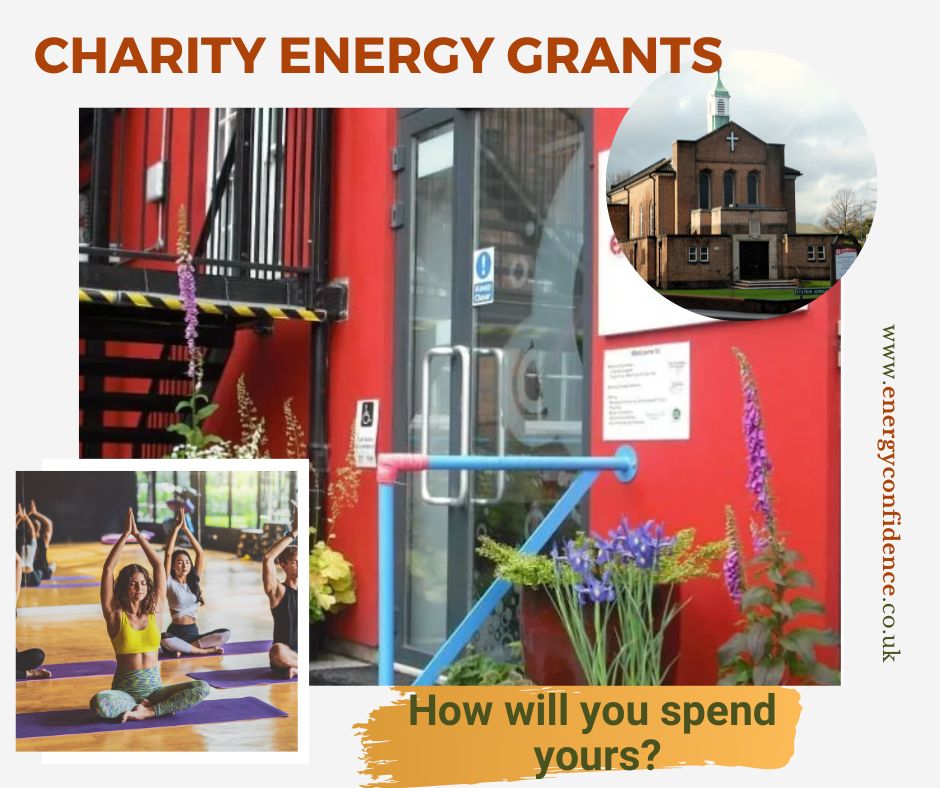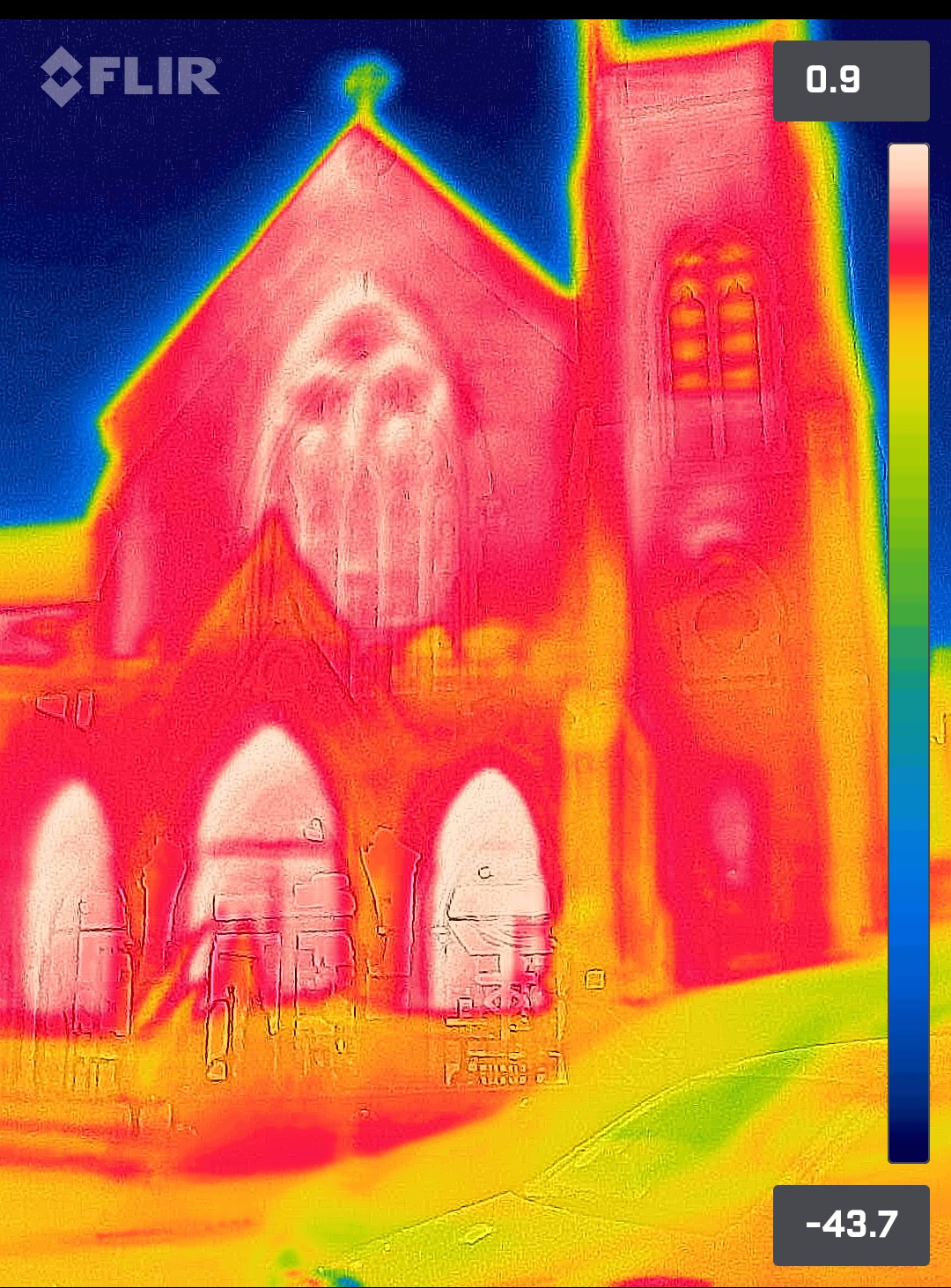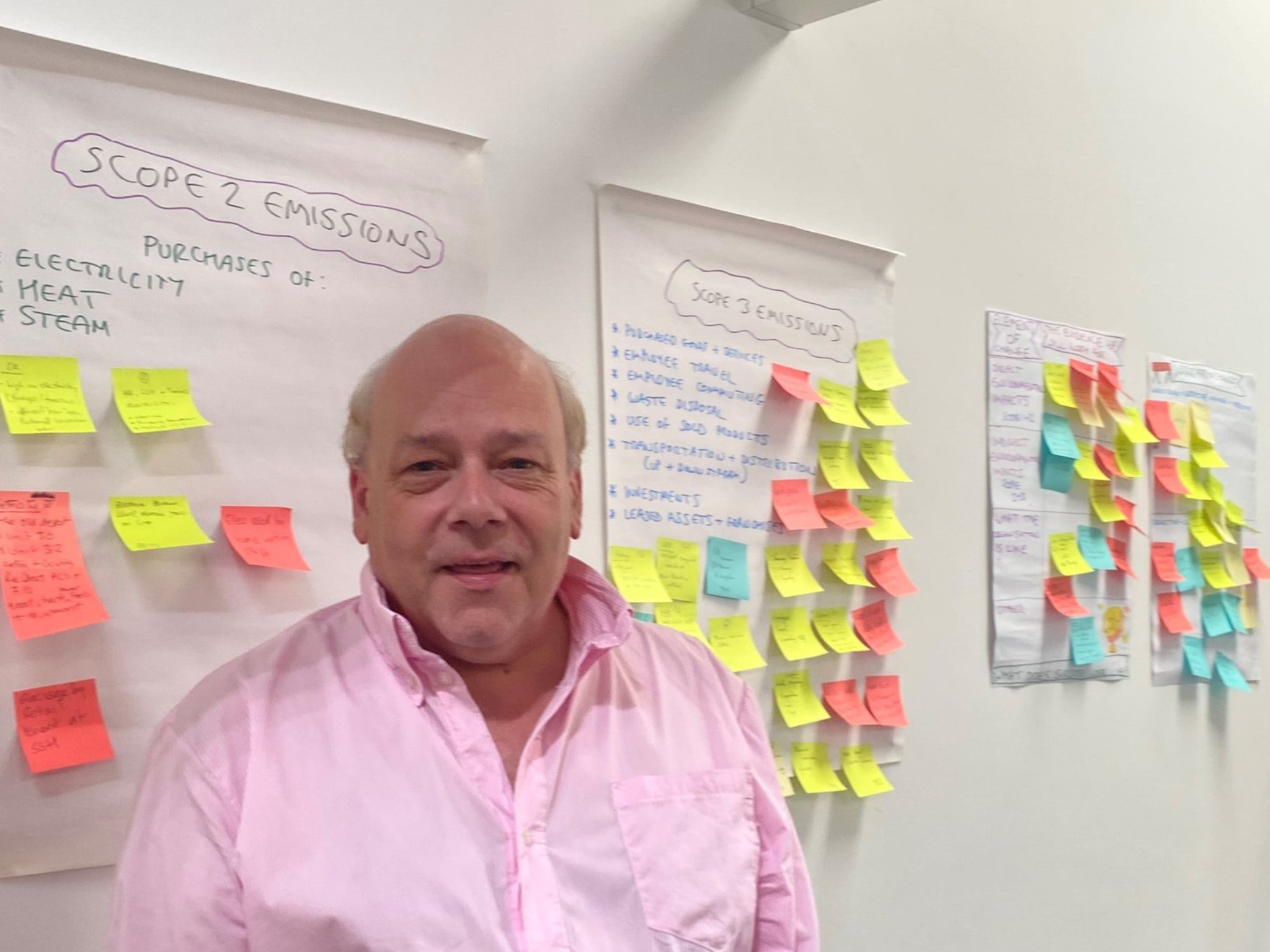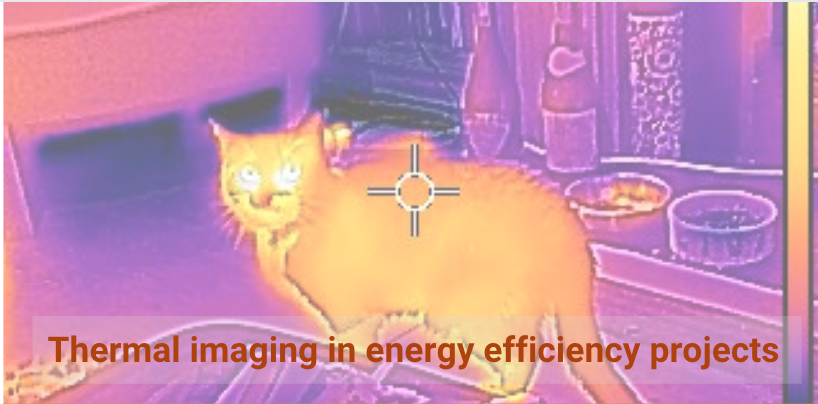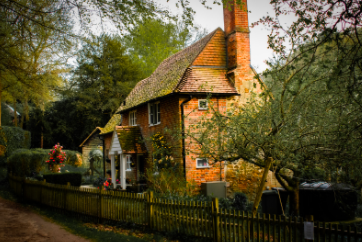
Join us for a small group visit to Shivaji and Magdalen’s house in Birmingham to see their whole-house, fabric-first energy saving makeover.
We are really excited that you’ll be able to see:
- wood fibre insulation – a sustainable alternative to plastic-based insulation products, for improved moisture performance
- the use of Hempcrete – a sustainable, hemp-based material that has lower embodied carbon than concrete to provide insulation, depth and texture
- the use of airtightness membranes (Pro Clima)
- lime plaster internal finish to walls, chosen because this is an older house of traditional build- an air source heat pump – new triple-glazed windows, aligned with wall insulation to achieve a continuous layer of insulation and airtightness; these are specialist sash windows to comply with the requirements of the conservation area where the house is located – a clay floor- air tightness testing.
You will be given joining instructions including the address once your booking has been accepted. Please note: It is a condition of booking that you do not reveal the address to anyone else.
There are two slots to choose from:
Saturday 9th March, 2:30-4pm or Friday 15th March, 12-2pm (and if you’d like us to invoice your organisation for this slot, please select the ‘Invoice’ ticket option).
Image Credit: The brilliant team at Earthen Floors: http://jeffreythenaturalbuilder.com/blog/portfolio/earthen-floors/
Supported by:

![]() .
.
Birmingham Green Doors is proud to be part of:


